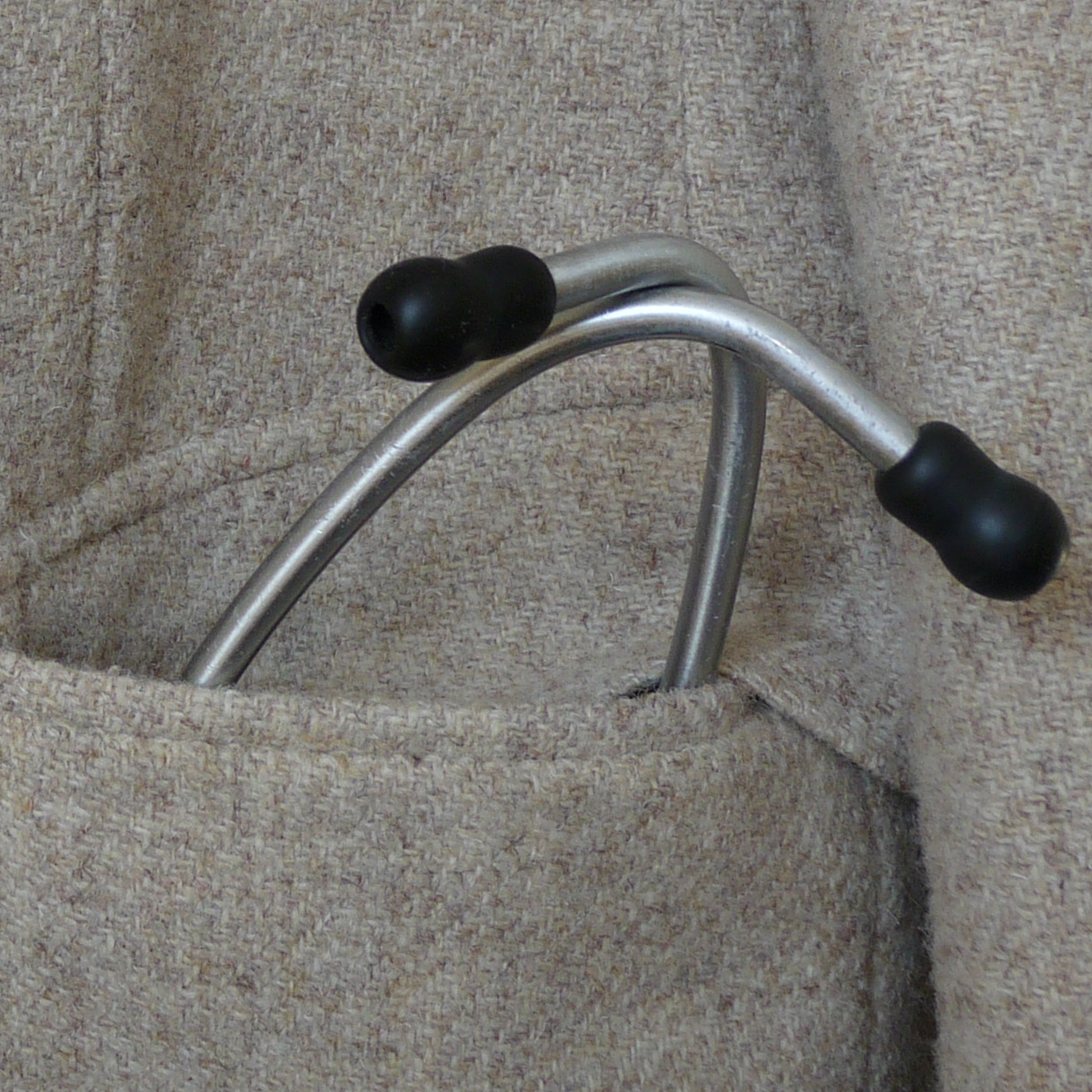My Swedish medical school curriculum was 5 1/2 years, but I remember during a third-year class trip to the Soviet Union hearing that some doctors over there had a much shorter education. My classmates and I were at first surprised to see physicians staffing ill equipped ambulances, riding the streets of Moscow with critically ill patients and no equipment to deliver care. We concluded that physician labor was cheap and medical equipment expensive.
In today’s American health care debate, the duration of medical education has cropped up as a solution to the physician shortage dilemma. A recent article in The New York times by Dr. Pauline Chen describes the final year of medical school as a year of laid-back electives and extended vacations. This was certainly not the case with years four and five when I went to medical school, and it helps me understand the difficulties I have seen many of my younger, American-trained colleagues have over the years.
In primary care, much of what we see falls into what American medical education treats as somewhat elective: You can get a medical degree without knowing a whole lot about opthalmology, for example, but if you are fast-forwarded through medical school and residency to fill staffing needs in an underserved rural community, and a patient walks in with acute angle closure glaucoma or an iritis, will you know what to do? Will you recognize an emergency when you see it? And without spending time both in the psychiatric ward and in psychiatrists’ offices, how equipped will you be to assume the role of sole mental health provider for a small town population?
Abbreviated medical education may be a way for Government to produce better health care workforce statistics, and it may help drive physician salaries down even more. But, really, we already have two kinds of medical providers with a shorter education – Nurse Practitioners and Physician Assistants. Do we need a third, at the expense of patients and health care organizations who have counted on improved primary care in these times of Patient-Centered Medical Homes and the like?
In an era where medical information continues to expand, and the complexity of health care continues to grow, do we really need greater numbers of lesser-trained clinicians, or should we look at reforming the four year medical curriculum to better prepare doctors for the realities of practice where we need them most?
From The New York Times:
DOCTOR AND PATIENT: Should Medical School Last Just 3 Years?

